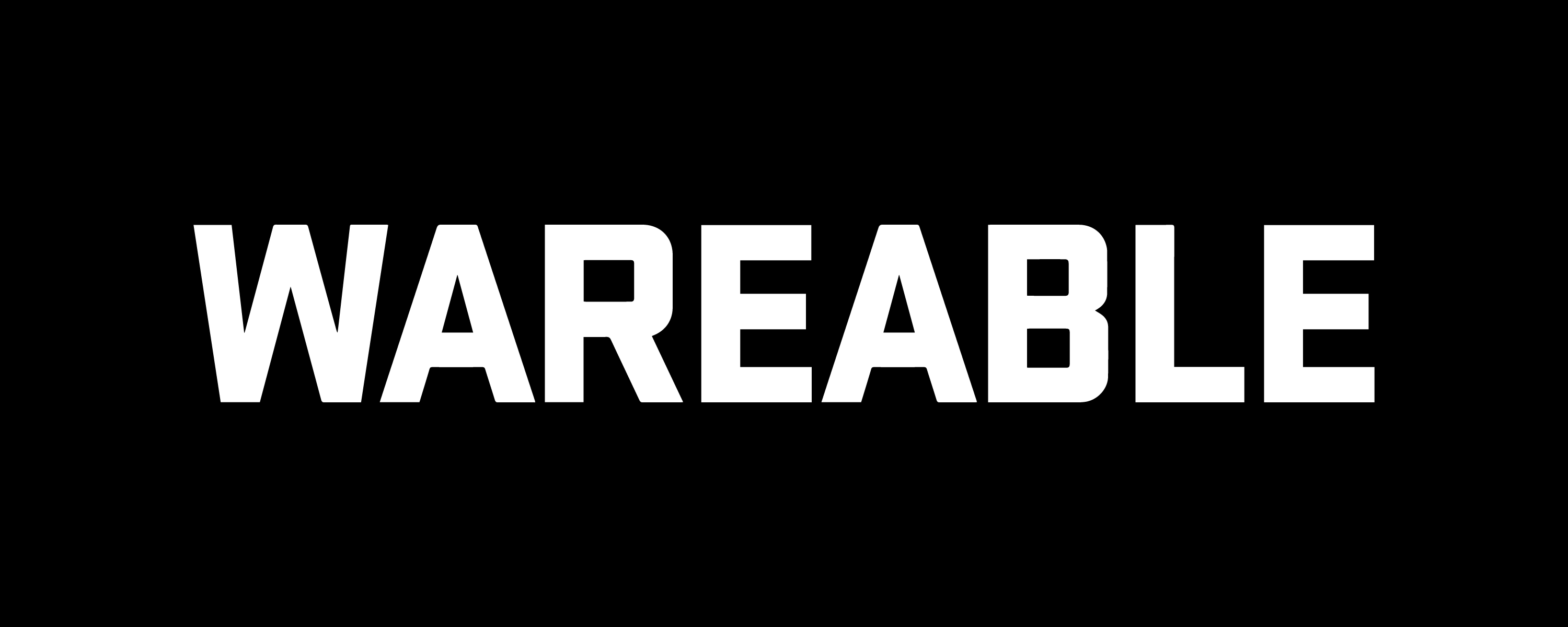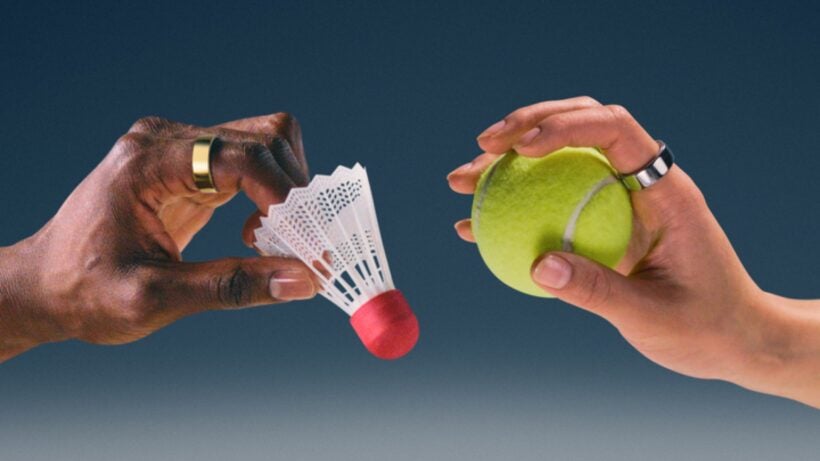Step tracking errors have been reduced by 61%, while integrating data has never been easier.
Oura has announced a significant set of activity-tracking upgrades for its subscribers and smart ring users—an update that will include new features and accuracy improvements.
It arrives after the brand’s previous update to its activity tracking, the automatic workout detection that came with the Oura Ring 4 hardware launch in October (and has since rolled back to Ring 3 devices). This time, there are numerous additional enhancements to enjoy, addressing several blind spots in the previous Oura experience.
In terms of new features, Oura says it’s adding an ‘Active Time’ trend view, allowing users to monitor activity minutes across daily, weekly, and monthly windows. For those who take training more seriously, heart rate zones are also now customizable with the option to add a max heart rate. And in a welcome (if basic) fix, users can finally edit or add activities from the past seven days.
The automatic workout detection mentioned above is also expanding, now picking up movement even during the middle of the night (12:00 am – 4:00 am). While this isn’t something we’ve struggled with during Oura testing, it’s exactly the kind of upgrade that shift workers, the jet-lagged, or those on a late night out will benefit from.
Most of these features are available now on both iOS and Android, with Android users getting fitness metrics and the Active Time trend view next month.
A more complete picture
Data from third-party platforms like Apple HealthKit and Health Connect by Android will also now populate in the Oura app, improving data continuity across devices.
Sneakily, I think this is the best upgrade on show here if you take fitness tracking seriously. I always take off my Oura Ring 4 for gym workouts (and often running), too, and my app data would be horrendously incomplete without the existing Strava link-up (shown below).

With this now expanding to HealthKit and Health Connect, those with both Oura and a smartwatch (of which there are lots, the company has told us in the last year)
There’s also a ton of new non-native partnerships (i.e, ones that won’t live in the Oura app)—so, good news for users of CorePower Yoga, The Sculpt Society, Technogym, and Open. These seem to go beyond more traditional and basic integrations, with each partner using Oura’s biometric data (like sleep data and HRV) to personalize experiences inside their respective apps.
- CorePower Yoga will show Oura metrics inside its app and offer members a discount on its subscription.
- The Sculpt Society will use Oura’s Readiness Score to recommend daily workouts.
- Technogym will integrate Oura data into its AI-powered training system, the Wellness Passport.
- Open will use metrics like Sleep Score to customize recovery routines with meditation, breathwork, and movement.
Oura already touts over 800 integrations, but it’s interesting to see a renewed focus on fitness and wellness platforms as part of this update.
Did Oura just become the best discreet step tracker?
On the accuracy front, Oura also says it’s upgraded its step-counting algorithms, claiming a 61% reduction in daily error. That’s a very promising-sounding figure, though it also points to a poor performance before this update; the brand notes that it may result in up to 20% fewer steps logged than before.
Calorie burn calculations—another area we see consistent device-to-device differences—have also been refined using heart rate data, which the company claims reduces the median error by 53%. We’ll be testing this and the step-tracking update when we re-review Oura Ring 4 in a few months.
For those who carry their phone during running and walking workouts, these will now include GPS-derived splits. Again, like many of the feature upgrades, this is another handy little addition despite not being game-changing.
Wareable’s view:
Due to the smart ring form factor, Oura has constantly been tracking fitness with one hand tied behind its back. We’ve consistently rated its discreet ability as a fitness tracker, but it’s never truly been able to compete with a dedicated option from the wrist.
That remains true despite these latest updates, of course. Still, it’s encouraging that the brand appears to remain self-aware about the limitations of its hardware, hence the continued effort to integrate more platforms into its app (and partner with seemingly any and every other app out there in the wellness space).
The accuracy of the core activity experience is also key for subscribers—and, once again, is the kind of update that the (albeit mandatory) Oura subscription is probably justified.
As we say, stay tuned for more on these updates—they’ll form a big basis of our re-review of the platform coming later this year.




